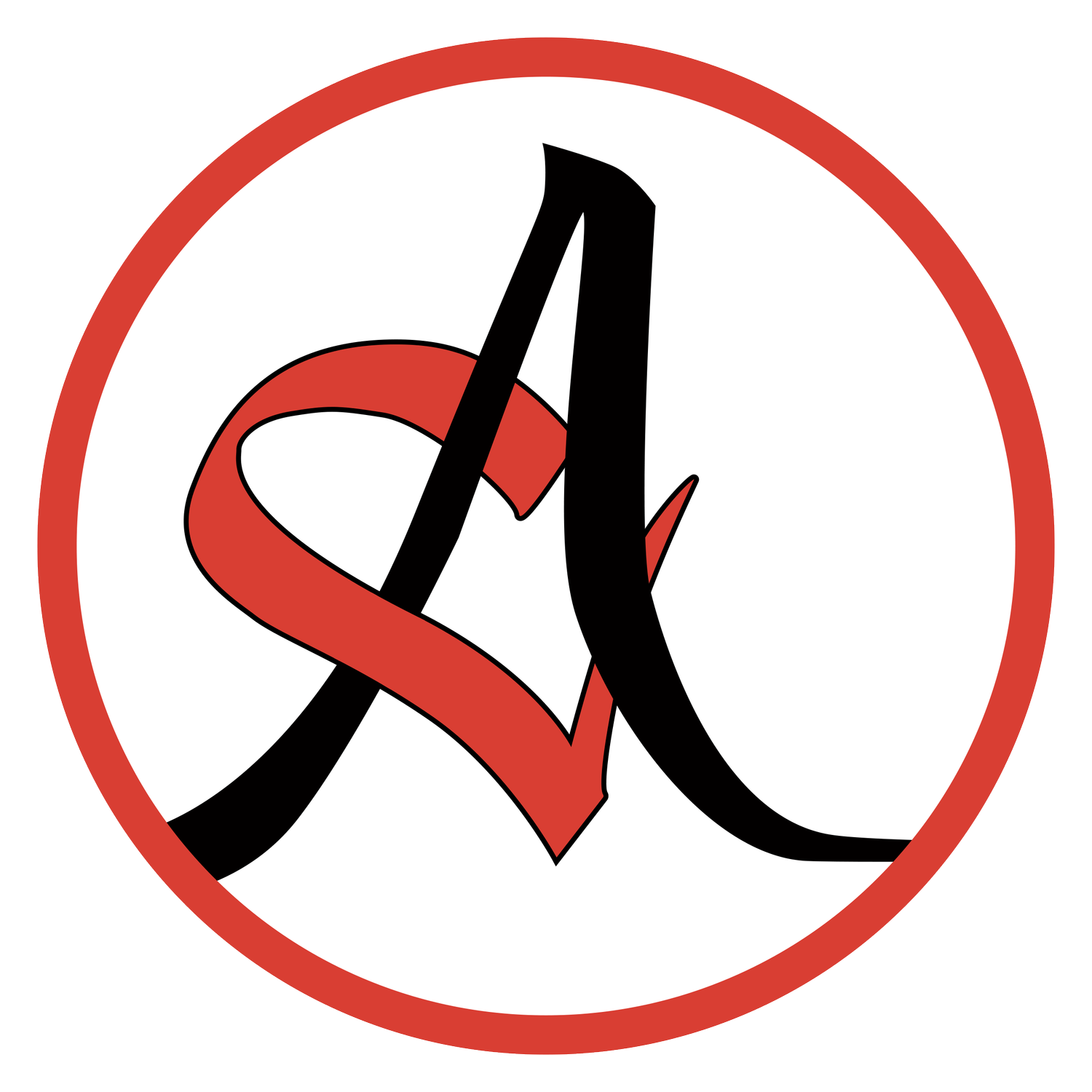Flying Creatures Make Us Make Art
By Mark Olsen for Unsplash
Crane from Unsplash.com
The arts have long loved birds. How about that glorious "The Birds" by Ottorino Respighi." (And, for that matter Alfred Hitchcock's 1963 movie.) Respighi, an Italian composer of the early 1900s, created four movements of his "The Birds" about various birds. Calling doves, a cuckoo, a hen and a nightingale accompany sounds of birds pecking and flapping.
Prokofiev's "Peter and the Wolf" is my own favorite since I lay on the floor of a summer cabin in Charlevoix, Mich., listening to the record player and imagining canine, boy and bird. Prokofiev composed it in 1936 as a children's fairy tale in a symphony. The oboe, which I have since loved—how our six-year-old's memories linger!—is a duck's voice. The flute a different bird's.
Igor Stravinsky's ballet "The Firebird" (1910) references Russian fairy tales about the Firebird and how its owner is both lucky and terribly unlucky.
Not into ornithological music? Look at "The Floating Feather" by Melchior de Hondecoeter (1680). This stunning oil painting shows a pelican up front, with a cassowary, a marvelous black crane and a flamingo behind. At a small pool, waterbirds gather. And of course, a feather floats.
"Harem Women Feeding Pigeons in a Courtyard" by Jean-Léon Gérôme (1824-1904) is alight with gorging pigeons flapping skyward, beaks supposedly full.
Can you name 10 pieces of bird art?
You could start a dinnertime game of naming bird-motivated songs, arias, paintings, sculpture, choreography, novels and poetry.
You could start, also, watching birds if you haven't already.
Get your own birdwatching groove on and join the other 45 million
According to 10000birds.com, the most current documentation—from December 2019, with information from the 2016 National Survey of Fishing, Hunting, and Wildlife-Associated Recreation--said there were 45 million “birders,” of which most were “around-the-home birders.” Sixteen million people traveled at least a mile to birdwatch.
Almost one-fifth of Americans are birders
This indicates that about 18 per cent of Americans purposefully watch birds.
If you notice birds while you're jogging or pulling dandelions, that doesn't count. A "birder" must make a special effort or trip and be interested in identifying the species.
What you'll need to birdwatch
According to Dan Koeppel for The New York Times "Wirecutter" blog, affordable binoculars are so much better today than yesteryear that you can find very good ones for well under $300. They will help you see and will last. Koeppel particularly likes Athlon Optics Midas ED (8x42).
A field guide or other book about local birds
Whichever guidebook you choose, and there are a few excellent ones, peruse it before you start looking for birds. Learn which birds live where and during what seasons. National Geographic Field Guide to the Birds of North America, 7th Edition and Peterson Field Guide To Birds Of North America, Second Edition (Peterson Field Guides) are widely available.
A birdbath or something else to attract birds OR a place to go.
If you're watching at home, install something birds like. Birdbaths are essential, as it can be difficult for birds always to find water. They need it for not just drinking but bathing.
Bloomington-area Audubon Society
Sassafras Audubon Society is a chapter of the National Audubon Society and in Indiana serves Monroe, Lawrence, Owen, Greene, Morgan, Jackson, Brown, and Bartholomew counties. Staring in 1970, the organization helps the public understand and conserve nature.
For bird walks and more information, find the Sassafras Audubon Society in Bloomington at facebook.com/sassafrasaudubon/.
# # #



